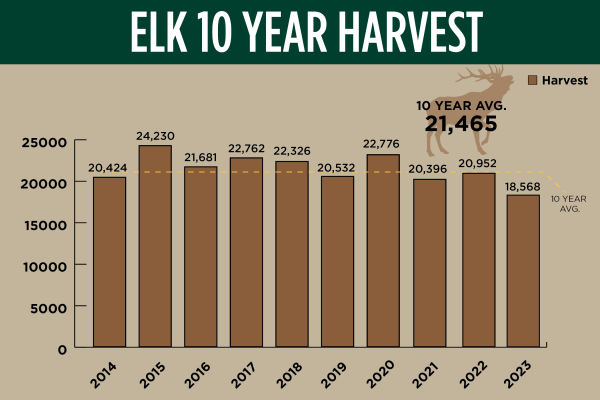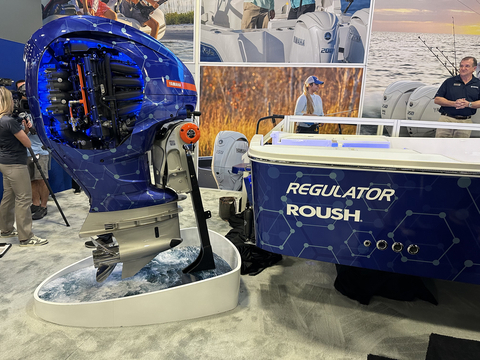Warm Weather Deer Hunting Strategies
By Glen Wunderlich
Our unusually warm November has given all of us opportunities to get those outdoor tasks finished before Mother Nature’s bitterness descends upon us. We’ve had plenty of time to rake leaves, clean gutters, or in short, to do anything outdoors. For the deer hunter, however, the mild weather can be a blessing or a curse.
With firearms deer season beginning November 15th and relatively mild weather predicted, hunters will spend more time afield than they would under more trying conditions. At the same time, however, deer tend to move less, because they don’t require as much “fuel” to fight the elements.
As evening light fades and you are presented with an opportunity to take a deer, here are a few considerations to ponder before releasing that bullet or broadhead.
If nighttime temperatures are above 40 degrees F, bacteria within the animal can grow rapidly. How much time you have to recover the deer depends on just how warm the air becomes and how well the shot was placed. If ever there was the need for a clean dispatch, it is now. Although a heart or lungs shot will be fatal, a mortally wounded deer can run several hundred yards before expiring. While such a short jaunt may seem relatively inconsequential, without adequate light, the recovery task can be downright daunting.
The high-shoulder shot can anchor a whitetail in its tracks, but it takes precision to pull it off. A shot a bit high can mean a clean miss. In addition, with the perfect high-shoulder shot placement, be prepared for some significant meat loss.
Make sure to watch the deer as long as you can after the shot and try to find some trailing blood while there is still light. Control the urge to pursue the animal right away, because it could mean you’ll push it even farther into cover.
For tracking in the dark, you’ll need dependable light, which should include extra flashlights and batteries. Marking a blood trail with toilet paper or paper towels in the brush can also aid recovery missions by connecting the “dots” and projecting a path forward.
Having access to a tracking dog can be invaluable. I’ve even used dogs that have never tracked anything and have had success, because they all have a sense of smell better than we can imagine. Just make sure to follow the rules, if you use dogs for recovery. It is illegal to do any shooting after dark, unless you are with a certified dog tracker.
You may opt to employ the use of trained blood tracking dogs. The website is www.deertracknhounds.com and fees are negotiable. Write down some phone numbers from the site in advance to save precious time later.
Back at camp, you’ll want to skin the deer as soon as possible. Having access to ice or a walk-in cooler at the processor’s shop will be necessary, so make sure it’s part of the planning process.
Obviously, things don’t always go according to plan, but in the event they don’t, a little forethought may mean the difference between a spoiled adventure and some fine eating. Be smart, be safe, and good luck.





